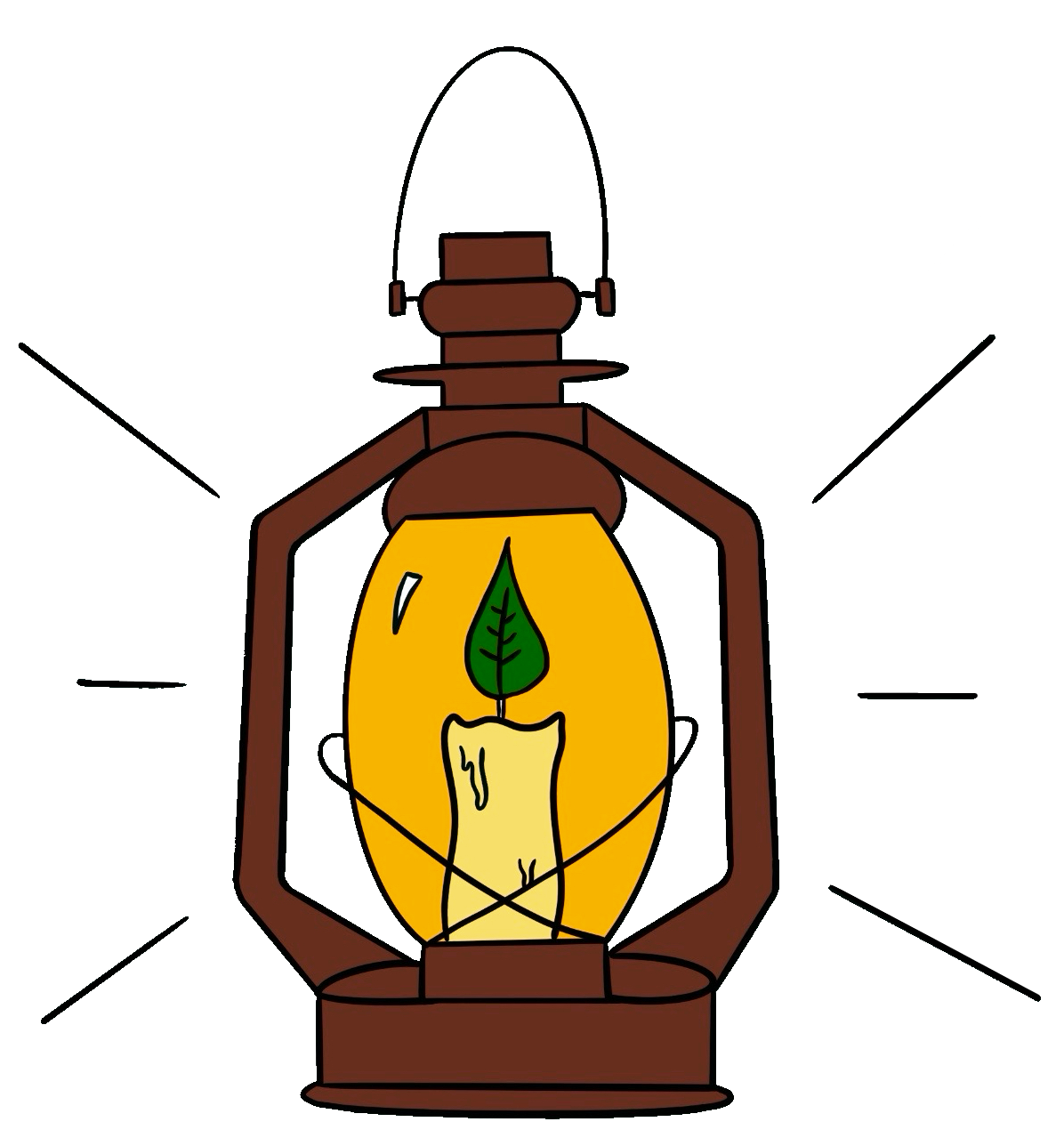Interaction: The Afterlife
What is interaction and why is it such an important design factor to The Woodland Lantern. Interaction is simply the action that’s involved with a design on how the design is utilized after the project completion.
We have so many designs in the world that in my opinion are not fully utilized to their fullest potential. Take a guitar for example. A guitar is an incredible instrument that took so much time to actualize to the guitars we see standard on the market today. It also took a lot of material manufacturing which can be very damaging to vital ecosystems. Yet, I feel like a lot of guitars are not interacted with fully and often times end up collecting dust or worse…in the garbage. With clothes it is even more-so the case where as fast as they are going in the closet, they are leaving the closet to be replaced. If a clothing item gets damaged, people seldomly repair it. The aim from The Woodland Lantern is to create high quality designs so that they are well utilized through the lifetime of how long the materials will last before being able to be composted or repaired. Interaction of a design can be the difference if it’s a world solution or world hindrance.
Once a design is ready to be interacted with, there is typically a whole new world to explore in even how the most simple designs can be utilized to their fullest potential. Let’s take a walking stick for example. A walking stick is an incredibly versatile tool but the average would not know that if they didn’t take the proper time and focus to learn how to interact with their walking stick, then they may not unlock the design interaction potential of how versatile a walking stick can be. A walking stick is a tool that has room for mastery just like a guitar. To some a walking stick is only thought to be useful on a hike, but if unpacked a bit more can be an excellent training tool for physical exercise. At The Woodland Lantern we aim to put out designs that can really be utilized fully. For a quality level of interaction, a quality design is needed. The world can not afford any more average junk that is helping cause for deforestation and landfills to pile up. It is of utmost importance to design holistically, such as by factoring in the best methologies to source materials while planning for the end of the design’s life so it can return back to nature.
